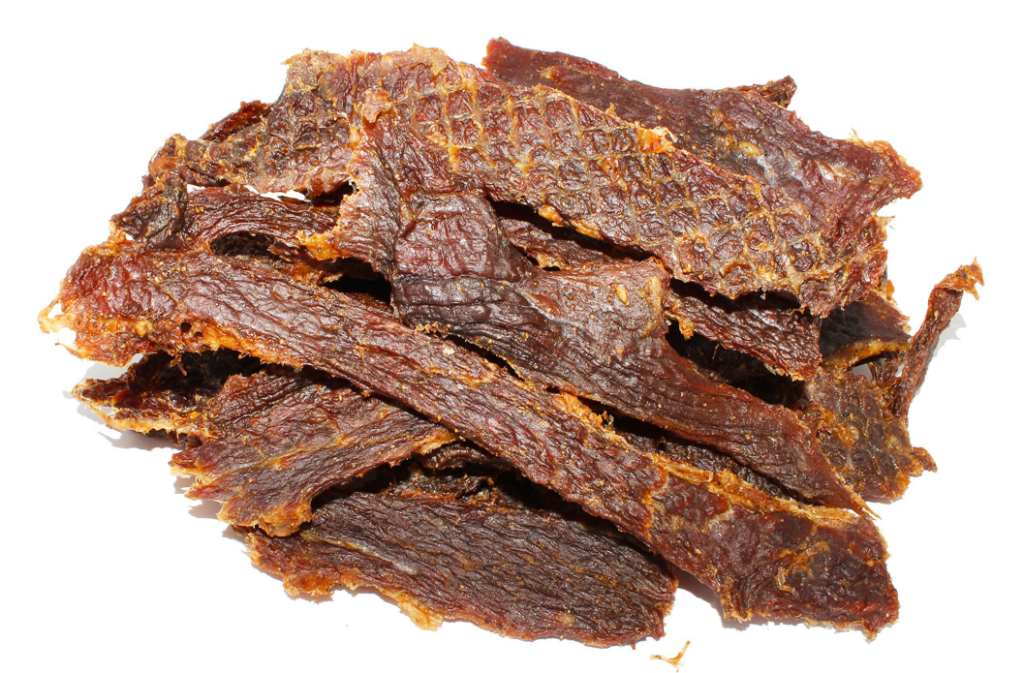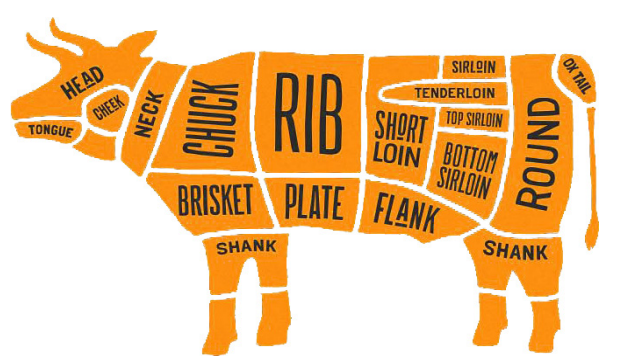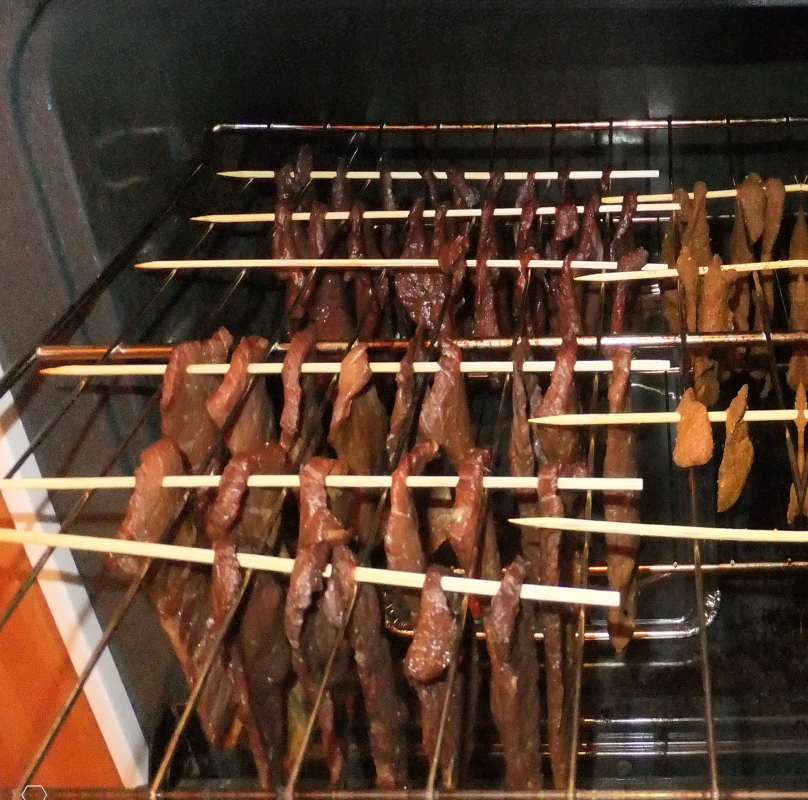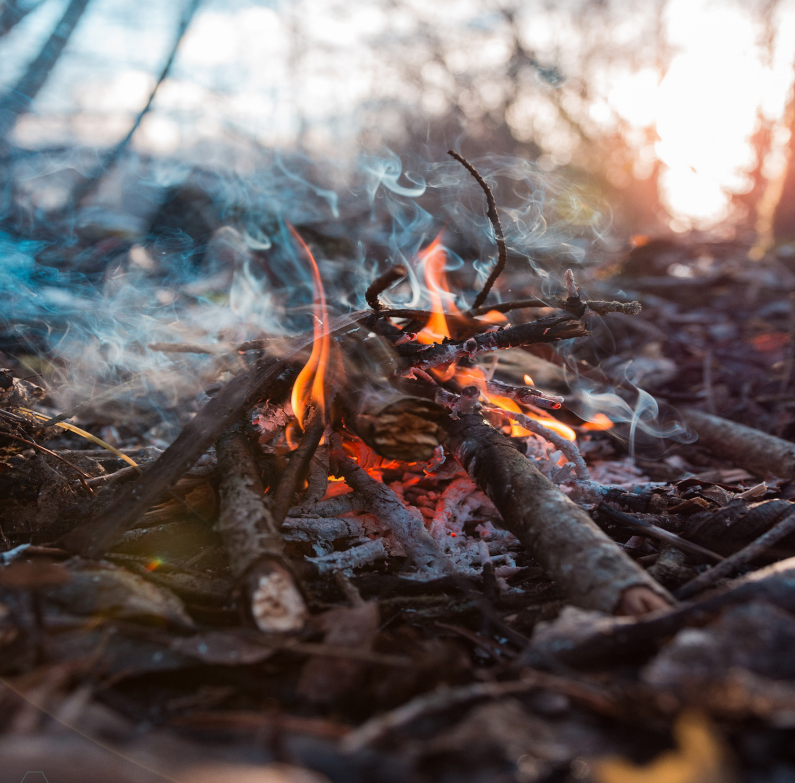When the fates smile down and you have procured a game animal too big to eat in one sitting, your success can bring you a new problem. How are you going to make that meat last?
There’s a reason that hunting season is held in colder weather (for most game species). The chilly temperatures can allow your meat to last longer. If the weather was cold enough for the meat to freeze (and stay that way), your critter could last for quite a long time. But sustained sub-freezing weather isn’t something you’d usually wish for, and it’s uncommon through much of the “lower 48.” So how do you make your extra meat last when the weather is cool, fluctuating, warm or downright hot?
You turn it into jerky.
Tradition Endures
We get the word “jerky” from the Quechua Indian word “ch’arki,” which means dried meat (any kind of dried meat). Red meat has always been a great tasting candidate for jerky, and most commercially produced jerky today comes from beef. But across the continents and cultures of the world, we see many different styles of jerky being made and many different animals used to make it.
For example, biltong is a very savory African style of jerky made (most often) from beef. Thin cuts are marinated in a strong brine of spices, salt, sugar and vinegar before drying in the sun. You can sometimes find biltong in international grocery stores and you’re very likely to find it in a store that sells African food products. (Or you can make your own.)
Interestingly enough, coriander is a common ingredient in biltong recipes, and a recent study in Portugal proved the antimicrobial properties of coriander against 12 common bacterial strains. The study showed that most of the strains of bacteria were killed by a mild concentration of coriander oil (less than 2 percent oil) and the remaining strains were greatly weakened. In fact, this spiced raw jerky is so safe that it’s even given as a teething baby chew in Zimbabwe!
And this is just one of the many styles of jerky from around the globe. Even though the world’s jerky meats and the jerky makers are quite diverse, there are a few common threads that tie it all together.

Start Simply
In its most basic form, jerky is a very simple food. You’ll start with raw meat and trim off all visible fat. This fat can be preserved by rendering (a very different preservation process) or you can throw it in the stew pot. And you have to use raw meat to make jerky. Cooked meat has had too much tissue damage, and it will spoil very quickly after turning into jerky. So just to be clear, you can’t use leftover cooked meat for jerky. It has to be fresh and raw.
This meat is then dried, with or without salt, seasonings or smoke. The dried meat will be roughly 1/3 the weight of the fresh meat, and it will keep for weeks, months or years – depending on the storage conditions and how much salt was involved in its production.
As stated, jerky is simple and it can be just one ingredient – sun-dried meat. But the more “preserving agents” you add, the longer it will last and the better it will taste.
Which Meats Can You Use?
As far as meats are concerned, you can technically use any edible meat. But just because you CAN do a thing, doesn’t necessarily mean that you SHOULD do it.
Being a dried food, jerky tends to concentrate and amplify flavors. This means that good tasting things taste better and gross tasting things taste worse. In certain gamey rodents (like groundhogs), turning the meat into jerky can amplify that awful gamey flavor. And freshwater fish tend to take on a muddy, riverine flavor when turned into fish jerky.
My advice is simple when it comes to choosing a jerky meat: stick to red meat, salt water fish, and pleasant tasting birds – when you have the luxury of choice. And when beggars can’t be choosers, preserve whatever you have by turning it into jerky. Sure, beef, venison and turkey make a fine jerky – but sun-dried seagull jerky has sustained many a lost sailor for centuries.

It’s Cut and Dried
While your store-bought Jack Links jerky (and every other brand) was cut into strips by a careless machine, people making it at home tend to have a preference of direction when cutting their meat.
Some folks follow the grain of the meat. These are the lines or striations that show us which way the muscle fiber bundles go. In other words, they cut the meat parallel to the bone. This can make for some tough pieces, and I prefer the other way. I cut my jerky perpendicular to the grain, essentially cutting it into thin tiny steaks, about ¼ inch thick.
While I’m cutting it, I’ll trim off the fat – which would turn rancid in storage and spoil the jerky.
Add Some Longevity
Remember that gross groundhog jerky we talked about? Well, with enough spices… you won’t even notice that it’s groundhog. And spices aren’t the only thing you can add to jerky.
First and foremost, salt can be sprinkled all over your jerky while the fresh meat is still damp on the surface. Any kind of edible salt will be fine, though iodized salt is your best choice for preservation (it’s the most antibacterial of the commonly available table salts). This will stick to the moist meat and start soaking into it.
In addition to enhancing the taste of the meat, the salt is there as a preserving agent. Salt has the ability to pull moisture out of the meat, which allows it to dry faster (less chance of spoilage before it becomes jerky). Salt also creates a saline environment in the meat, making it a less viable breeding ground for bacteria (less spoilage after it becomes jerky).
The addition of any kind of food grade sugar or vinegar will also add to the flavor and create a more hostile environment for food spoiling organisms. Don’t be shy about adding your favorite spices, either. Numerous spices offer antimicrobial protection in the way that coriander does. And it can take your jerky from tasting good to tasting great.
Stab It and Smoke It
It’s perfectly acceptable to dry jerky in the sun, with no smoke or fire involved. In particularly arid and breezy climates, the jerky can be ready for storage in just a few hours. The meat can be hung on a dead branch in a sunny area or placed on a rack that you have lashed together.
Formerly, I draped the meat across sticks, almost like hanging wet socks over a handrail to dry. I’d flip the individual pieces of meat once during the drying process, by bending the pieces the other way and placing them back on the rack. Unfortunately, they don’t bend as well once they’ve dried a little and I always had pieces falling off the rack. I got tired of this a few years ago and switched up my technique.

Now, I impale each piece of jerky meat on a slender stick and hang the sticks on a rack to dry. Just make sure you have enough space between the pieces so that they are not touching. You want air flow between them for speedy drying.
These “kabobs” of jerky can be easily moved, and can be placed in the wafting smoke of a small fire to add smoke flavoring to the meat, to keep flies away while drying, and to add one more preservative – the smoke itself. Wood smoke is an ancient preservative, coating the meat with a tiny amount of formaldehyde and certain wood alcohols that are natural preservatives.
For best results, build a portable rack (like a tripod with plenty of crossbars lashed into place) and place your jerky meat skewers on this rack. Move it around the fire so that the wind is blowing smoke across the jerky, but the meat is away from the heat of the fire (remember, only raw meat makes safe jerky – you don’t want it to cook while getting smoked).
Your jerky is done when the pieces feel dry and are somewhat brittle. Store your jerky in a breathable sack (like a paper bag or cloth sack) and keep it in the coolest, driest, darkest place you have.
In hot, humid weather, sun-dried raw meat with no preservatives should last a few days to a week. Under the same conditions, salted and smoked jerky could last a few weeks. Under drier conditions, your jerky will last much longer (especially if it has been salted and/or smoked).
You’ll know it has gone bad when it smells rancid, rank or rotten. Use any spoiled jerky for trap bait, rather than throwing it away.

The Grand Finale
I take an extra step with jerky that most people don’t: I cook it right before consumption. This is more to settle any lingering paranoia that I may have about eating raw meat, rather than being a preventative for any known harm that jerky has done to anyone.
I will toast the pieces of jerky for a few seconds over the fire before snacking on them, or I will powder them by grinding them between rocks and drop the powder into a stew.
I’ve eaten plenty of raw jerky over the years and never gotten sick, but I still feel better about eating it if I have applied enough heat to kill any live organisms on the food. Enjoy!
=====
Become a Survival Dispatch Insider …
We bring together survival enthusiasts and preppers to share skills and knowledge, so you can enhance your preparedness for emergencies and ensure the safety of you and your community.
The Results You’ll Get …
Our community, courses, and memberships are pretty special. We’re focused on the ways it will make a huge difference in your life.
Here are a few of the things you’ll be able to do as a member of Survival Dispatch Insider …
1) Improve your emergency preparedness by learning survival skills and strategies from experienced preppers.
2) Build lasting connections with like-minded individuals that share your passion for safety and readiness.
3) Access a wealth of knowledge and resources to assist in protecting you and your community during unexpected situations.
Click HERE to get started.
=====
